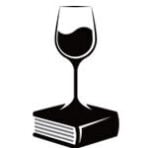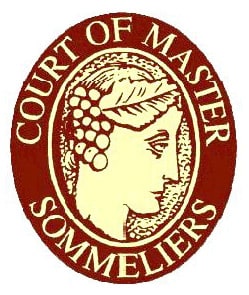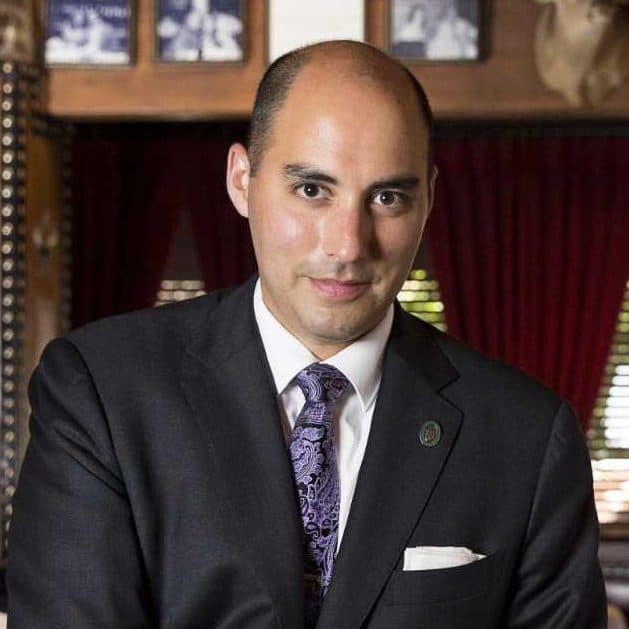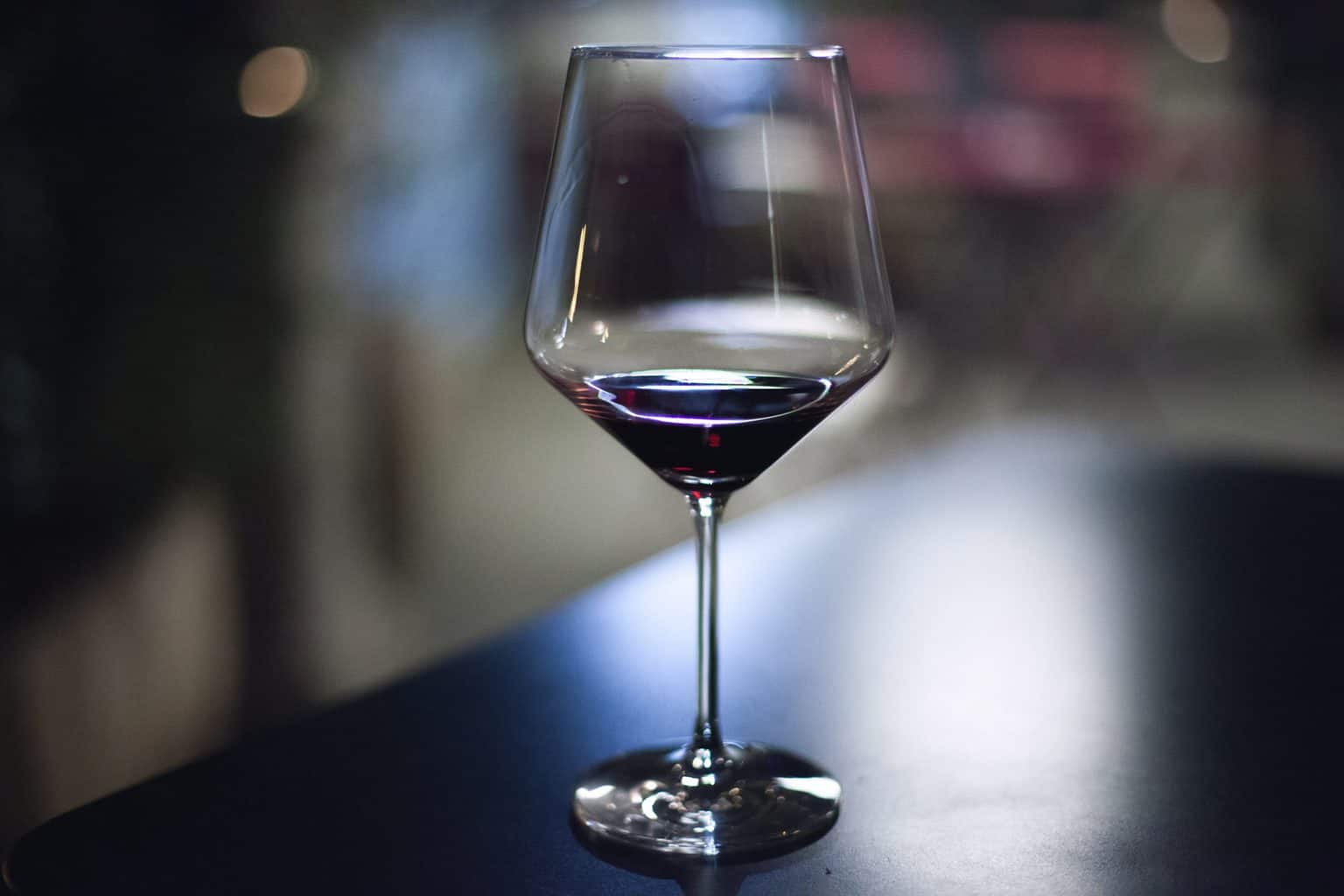When WSET published its 2025 Diploma exam wines, it gave us a rare window into the inner workings of their teaching philosophy. What we found is troubling. If the Diploma is meant to train professionals to recognize regional typicity, then these wine choices — and omissions — are more than disappointing. They are disqualifying.
Below, we’ll break down the failures in three categories: Misfires (totally wrong), Not Quite Right (weak substitutions), and Missing Essentials (critical benchmarks absent).
Misfires — Totally Wrong Choices
These wines don’t just miss the bullseye. They’re not even on the target. They either have no claim to typicity or are so commercial and trivial that their inclusion borders on absurd.
- Château Haut-Rian Blanc Sec 2023 (Bordeaux)
Instead of showcasing the great dry whites of Bordeaux — Graves or Pessac-Léognan, wines that can stand among the world’s best — WSET chose a budget Entre-Deux-Mers style. Teaching typicity through a bargain-basement bottle is like teaching haute cuisine with canned soup. - Château de Montmal 2021 (Fitou, Languedoc)
Fitou is rustic and minor, the kind of wine you drink locally but don’t build an exam around. If you want to test Southern France, you reach for Châteauneuf-du-Pape or even a top Côtes du Rhône Villages. Choosing Fitou is a shrug at serious pedagogy. - Domaine Guillemarine 2023 (Picpoul de Pinet, Languedoc)
Picpoul is crisp and refreshing — and globally irrelevant. To use it in place of Muscadet or Sancerre, which actually define the style, is baffling. Students will now be conditioned to associate “fresh French white” with a trivial regional wine. - M. Chapoutier Marius Rosé 2023 (Languedoc)
A branded supermarket rosé. Provence — Bandol, Côtes de Provence — sets the world standard for rosé. Using a mass-market Languedoc pink is like teaching Champagne through prosecco. It shows contempt for typicity. - Fredrich Becker Pinot Noir 2020 (Pfalz, Germany)
Germany’s gift to the world is Riesling. To feature Pinot Noir instead is not just odd, it’s misleading. It’s like testing Italy without Sangiovese or Argentina without Malbec. Germany = Riesling. Period. - Torres De Casta Rosado 2022 (Catalunya, Spain)
Spain’s global wines are Rioja, Ribera del Duero, Priorat. Instead, students will be tested on Torres’s mass-market rosado — the kind of bottle you see piled high in supermarkets. That’s not a benchmark; it’s an abdication. - De Loach Heritage Pinot Noir 2022 (California, USA)
California’s benchmark is Napa Cabernet Sauvignon, full stop. A mid-tier California Pinot isn’t iconic, and it doesn’t train sommeliers. Blind tasting this against Burgundy teaches nothing. - Viña Doña Paula Altaluvia Chardonnay 2020 (Mendoza, Argentina)
Argentina has one calling card: Malbec. Testing Chardonnay instead is an embarrassment. It’s like leaving Burgundy off the list but including Bordeaux rosé. - Steenberg Sauvignon Blanc 2023 (Constantia, South Africa)
Sauvignon Blanc from South Africa just looks like a New Zealand knockoff. South Africa’s identity is Chenin Blanc, especially from Stellenbosch or Swartland. This choice erases the country’s actual uniqueness. - Casella [yellow tail] Chardonnay 2024 (South Eastern Australia)
A wine that literally symbolizes industrialized supermarket plonk. To put this in a Diploma exam is shameful. Australia has Barossa Shiraz, Hunter Valley Semillon, Margaret River Chardonnay — all globally respected. Instead, WSET poured [yellow tail]. - Sumarroca Cava Brut Reserva Rosado 2022 (Catalunya)
Rosado Cava is a niche. White Brut Reserva or Gran Reserva, especially from Corpinnat, is the true benchmark. Choosing rosado is a lazy compromise. - Costa Vera Indomita Carmenère 2024 (Central Valley, Chile)
Carmenère is Chile’s “specialty,” but not at entry-level Central Valley quality. Chile’s true benchmark is Maipo Cabernet Sauvignon. This bottle trivializes Chile’s identity. - Dr Loosen Sekt Extra Dry NV (Germany)
Sekt is inconsistent and rarely typic. If you’re teaching Germany, Riesling still wines — Kabinett, Spätlese — are the benchmark. This choice is at best filler.
Not Quite Right — Weak Substitutions
These wines get halfway there. They pick the right grape or region, but the wrong tier, appellation, or style. They dilute the message.
- Château Siaurac Plaisir de Siaurac 2022 (Lalande de Pomerol, Bordeaux)
Right Bank Merlot is correct. But Lalande is a satellite. It should have been Pomerol or St-Émilion Grand Cru. Substituting the second-tier is a failure of nerve. - Donna Elvira Settemazze Aglianico 2018 (Campania)
Aglianico is right. But Taurasi DOCG is the “Barolo of the South.” To use generic Campania Aglianico is like teaching Burgundy with Bourgogne Rouge. - Heidi Schröck & Söhne Blaufränkisch 2022 (Burgenland)
Blaufränkisch is Austria’s red claim, but it varies too widely to be a clear marker. Grüner would be the stronger benchmark. - Escarpment Te Rehua Pinot Noir 2020 (Martinborough, NZ)
Martinborough Pinot is excellent, but New Zealand’s identity is Marlborough Sauvignon Blanc. This is like doing Argentina without Malbec. - Krone Borealis Brut 2022 (Tulbagh, South Africa)
Cap Classique is valid, but Tulbagh is an obscure source. Stellenbosch Chenin or Graham Beck would be the more iconic pick. - Massolino Moscato d’Asti NV (Piedmont)
Correct style, but simple. Piedmont’s distinctiveness in whites lies more in Arneis or Timorasso, not sugary fizz. - Villa Cialdini Lambrusco di Sorbara 2024 (Emilia-Romagna)
Lambrusco is fun, but Emilia-Romagna is not a global benchmark. This is a sideshow, not a pillar. - Hudson Estate Chardonnay 2021 (Carneros, California)
A strong wine, but Chardonnay isn’t California’s global identity. Napa Cabernet is. - Jackson Family Edmeades Zinfandel 2022 (Mendocino, California)
Zinfandel has heritage value, but isn’t a global benchmark. Using it in place of Napa Cabernet diminishes typicity.
Missing Essentials — The Most Embarrassing Omissions
This is where the shame really lands. Entire countries’ identities are erased because WSET either couldn’t source the wines globally or chose convenience over pedagogy.
- Burgundy Chardonnay (Chablis, Côte de Beaune) – The world’s definitive Chardonnay, completely absent.
- Burgundy Pinot Noir (Côte d’Or) – The global reference point for Pinot Noir, missing.
- Northern Rhône Syrah (Hermitage, Côte-Rôtie, Cornas) – The archetypal Syrah, ignored.
- Loire Sauvignon Blanc (Sancerre, Pouilly-Fumé) – Old World Sauvignon benchmark, missing while SA Sauvignon Blanc is included.
- German Riesling (Mosel Kabinett/Spätlese) – Germany’s defining grape, excluded in favor of Pinot Noir and Sekt.
- Tuscan Sangiovese (Chianti Classico, Brunello) – One of Italy’s great grapes, nowhere to be found.
- Taurasi DOCG (Campania Aglianico) – The benchmark for Southern Italy, missing.
- Rioja / Ribera del Duero / Priorat – Spain’s global wines, erased and replaced with Torres rosé.
- Napa Valley Cabernet Sauvignon – America’s wine identity, missing in action.
- Marlborough Sauvignon Blanc – The wine that made New Zealand globally relevant, ignored.
- Barossa Shiraz, Hunter Semillon, Margaret River Chardonnay – Australia’s defining wines, replaced by [yellow tail].
- Mendoza Malbec – Argentina’s entire claim to fame, omitted.
- Stellenbosch/Swartland Chenin Blanc, Cape Bordeaux Blend – South Africa’s benchmarks, missing while Constantia Sauvignon is included.
- Sauternes, Tokaji – Cornerstones of global dessert wine, missing.
- 20-Year Tawny Port, PX Sherry, Manzanilla, Palo Cortado – Key fortified poles missing from an otherwise decent set.
Why This Is Embarrassing
Sommeliers are trained to recognize wines blind, by their regional typicity. WSET’s choices betray that goal. Instead of training students on the benchmarks, they teach them trivial wines, supermarket brands, or second-tier substitutes. And worse — they omit the very wines that define the global conversation.
This isn’t just a mistake. It’s a dereliction of responsibility. If a sommelier student sat the Diploma blind and called Sancerre “Picpoul” or Marlborough Sauvignon “Constantia,” the fault would be the examiner’s, not the student’s. WSET is conditioning people to fail in the real world.
That is embarrassing — for the institution, for the students who trusted it, and for the employers who will discover that a WSET credential does not mean what they think it does.





